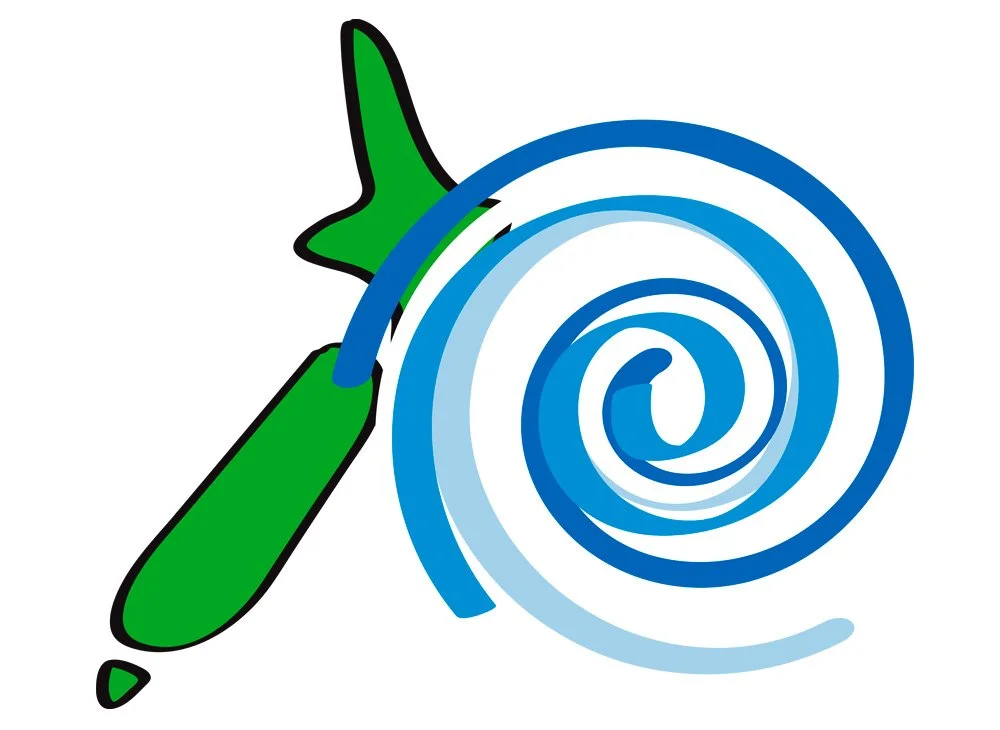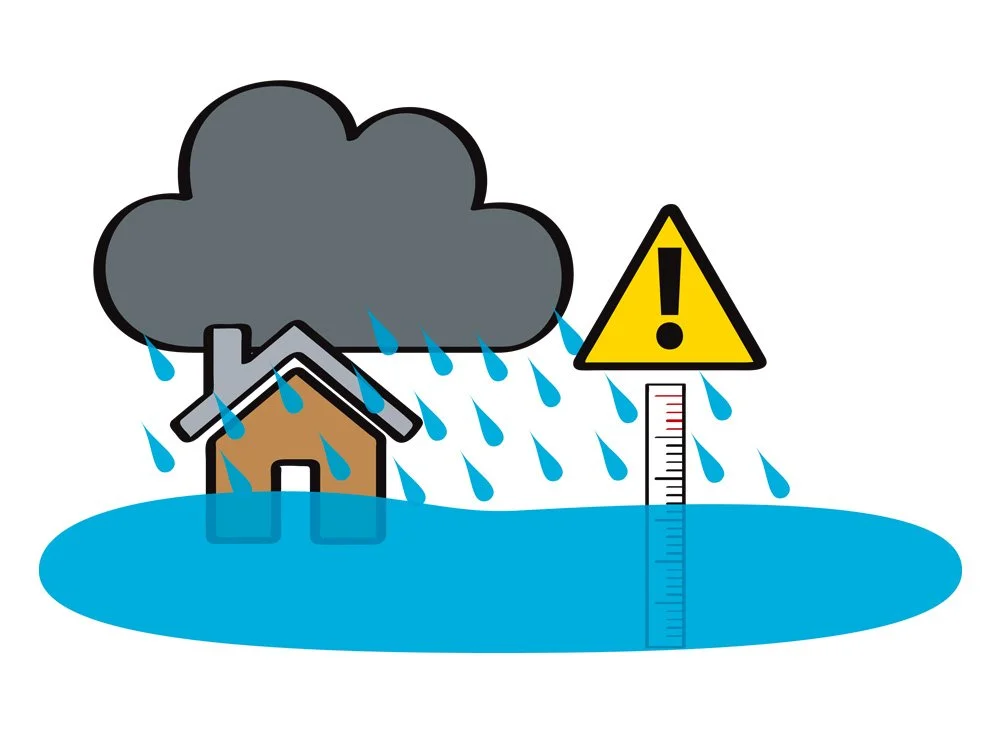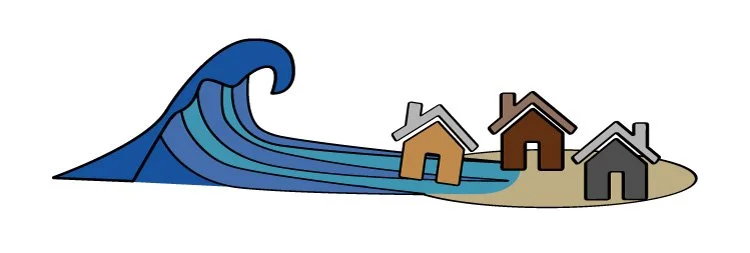Know the Hazards
Know the hazards likely to occur in Auckland
Auckland faces a wide range of natural and human-made hazards, including floods, storms, earthquakes, volcanic eruptions, and disease outbreaks. With its growing population and coastal geography, the city is especially vulnerable to severe weather, power outages, and water supply issues. Hazards can strike with little warning and cause widespread disruption to homes, transport, and essential services. Understanding the risks in your area is the first step to staying safe. While we cannot prevent disasters, being informed and prepared allows individuals, families, and communities to respond quickly, reduce harm, and recover faster when hazards occur.
Cyclone (Tropical Storm)
Auckland is sometimes affected by ex-tropical cyclones, which can bring intense wind, rain, and coastal storm surges. These events can cause power outages, landslides, and road closures. The Auckland region is particularly vulnerable due to its large coastline and urban development near waterways. Cyclone season runs from November to April. Prepare by securing loose items, knowing evacuation routes, and staying updated via MetService alerts and Auckland Emergency Management communications. Community preparedness is key, as services may be overwhelmed.
Tornado
Tornadoes occasionally strike Auckland, especially in summer. Though usually brief, they can cause significant damage in localised areas. Recent examples include tornadoes in Hobsonville and Papatoetoe. They can rip off roofs, break windows, and topple trees. If a warning is issued or if you see a funnel cloud, shelter inside away from windows and cover yourself. Schools and workplaces should have a shelter plan. These events can occur with little warning, so community awareness and rapid response are vital.
Strong Winds
Auckland frequently experiences strong winds, particularly during storms and frontal systems. High winds can down trees and power lines, especially in suburbs with older infrastructure and large trees. The Waitākere Ranges and coastal suburbs like Piha and Howick are especially exposed. Before strong wind warnings, secure outdoor items and plan for potential power cuts. Avoid travel on the Harbour Bridge during extreme wind events, which may cause traffic delays or closures.
Thunderstorm (Lightning and Hail)
Thunderstorms in Auckland often occur in summer and can bring heavy rain, lightning, and hail. Flash flooding can happen quickly in urban areas like Sandringham, New Lynn, and Mt Roskill. Lightning can start fires or damage electronics. Stay indoors, avoid tall trees, and unplug devices during storms. Schools and outdoor events should monitor forecasts closely. Even small hailstorms can damage vehicles and gardens. Stay informed through MetService and Auckland Emergency Management.
Flooding
Flooding is a major hazard for Auckland, especially after the Anniversary Weekend floods in January 2023. Urban development and stormwater limitations mean suburbs like West Auckland, Mt Roskill, and Wairau Valley are at high risk. Flash floods can occur rapidly, so avoid walking or driving through water. Prepare by clearing drains, storing valuables up high, and having an evacuation plan. Listen to Auckland Emergency Management updates and know your local flood risk using the council's flood maps.
Heatwave and Wildfire
Heatwaves are becoming more common in Auckland due to climate change. Prolonged hot weather increases the risk of wildfires in places like the Waitākere Ranges and Hūnua Ranges. Fire bans are often issued during summer. Stay hydrated, limit outdoor activities, and check on vulnerable people. If you live near bushland, clear vegetation around your home and have an evacuation plan. Stay tuned to Fire and Emergency NZ updates during fire weather.
Tsunami
Auckland’s east coast, including areas like Mission Bay, Howick, and the North Shore, is vulnerable to tsunami from local or distant earthquakes. If you feel a long or strong earthquake and are near the coast, evacuate to higher ground immediately. Don’t wait for official warnings. Practise your tsunami evacuation route and know your nearest safe zone. Sirens are installed in some coastal areas, and mobile alerts may be sent. Tsunamis can arrive within minutes from local sources.
Earthquake
Although not as seismically active as Wellington or Christchurch, Auckland can still experience moderate earthquakes and shaking from distant quakes. Older buildings and unsecured items pose a risk. ‘Drop, Cover, Hold’ during a quake. Check your home for hazards like tall furniture and heavy objects. Have a grab bag ready and know where to meet your whanau if separated. Earthquake shaking may also trigger landslides in steep areas like Titirangi or the Waitākere Ranges.
Volcanic Eruption
Auckland is built on a volcanic field with over 50 eruption sites, including Rangitoto and Maungawhau (Mt Eden). While dormant, a new eruption could occur with little warning. The most likely hazard is ashfall, which can affect air quality, electronics, and transport. Follow alerts from GeoNet and Auckland Emergency Management. Know evacuation routes and store clean water and dust masks. Volcanic activity may begin with earthquakes or gas emissions, so stay alert to updates.
Power Outage
Power cuts are common in Auckland during storms, especially in areas with overhead lines like West Auckland and Waiheke Island. Keep torches, batteries, and a gas cooker ready. Charge phones and back up important files before a storm. Know how to manually open automatic garage doors. If dependent on medical equipment, have a backup plan or register with your power provider. Report outages to Vector or your local lines company.
Communications Outage
Mobile and internet services in Auckland can go down during storms, earthquakes, or power cuts. This can affect how you contact whānau or receive emergency updates. Have a printed list of contacts and agree on a meeting place. Battery-powered radios and power banks are essential. In areas with poor signal (e.g., some parts of the Waitākere Ranges), consider having alternative communication like walkie-talkies. Stay informed through radio and emergency apps like NZ Civil Defence.
Water Supply Failure
Auckland’s water supply can be disrupted by pipe bursts, drought, or contamination. In 2020, a severe drought led to water restrictions. Store emergency water – three litres per person per day for at least three days. Know where to collect emergency water if needed. Listen to Watercare updates and boil water notices. Some households install rainwater tanks to help during shortages. Limit non-essential use during droughts to preserve the supply for essential needs.
Contaminated Water
Heavy rain, floods, or broken infrastructure can lead to water contamination in Auckland. This has occurred in areas like Mt Albert and Glen Innes. Boil water notices may be issued. Don’t drink tap water unless it’s confirmed safe. Store clean water ahead of storms and floods. Use disinfectant for cleaning and avoid swimming in rivers and beaches until advised. Keep water purification tablets or a filter in your emergency kit.
Pandemic or Disease Outbreak
Auckland was New Zealand’s hotspot during the COVID-19 pandemic. High population density means infectious diseases can spread quickly. Stay prepared with masks, sanitiser, and basic medicines. Follow health advice from the Ministry of Health and Auckland Regional Public Health. Stay home if sick, and have plans for working or learning from home. Community support systems – like ARK Trust or local marae – can provide essential help. Vaccination remains a key defence.
Strong Solar Storm
A strong solar storm, caused by a burst of energy from the sun, can affect many systems we rely on in Auckland. While it won’t harm people directly, it can disrupt electricity, internet, and phone networks. Power lines and transformers could be damaged, leading to blackouts that might last for several hours or even days. Satellite signals – used for GPS, phones, and emergency services – could stop working temporarily. Planes, ships, and trains may also face delays or safety risks if their navigation systems are affected. Some railway signals and pipelines might experience technical faults. These storms can also cause beautiful auroras in the sky, but behind the scenes, they can create big challenges. If a really large solar storm hits, it could interrupt transport, banking, fuel supply, and communication systems, making it harder for communities to get help or stay connected. Being prepared helps reduce the risk of confusion and keeps people safe.














